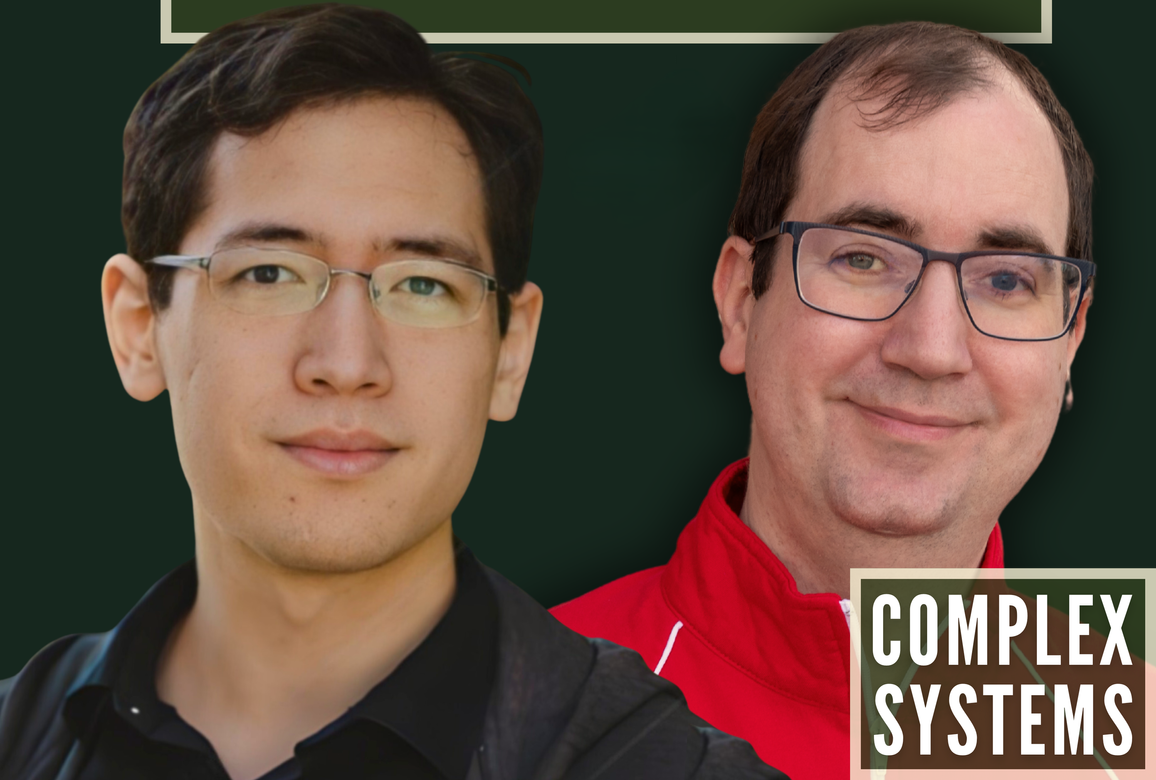At What Price ‘Progress’?
Some people are ecstatic at the news. Some people are furious. It'll hit the national news cycle in about twelve hours.
Basically, it's another Friday at Harvard.
Every lunchtime conversation is about the same topic, in hushed tones. Friends measure their words, not quite sure whether what they're about to say will cause offense to their closest friends. One can't sit in the dining hall without overhearing tense, but hushed, conversations about it. "How about that President Faust?" is acceptable as a casual greeting between friends.
It's not just another Friday at all.
(1a)
Today President Faust announced by email that she's accepting Dean Khurana's recommendations that:
For students matriculating in the fall of 2017 and thereafter: any such students who become members of unrecognized single-gender social organization will not be eligible to hold leadership positions in recognized student organizations or athletic teams. Currently enrolled students and those who are matriculating in the fall of 2016 will be exempt from these new policies.
...any such students who become members of unrecognized single-gender social organizations will not be eligible to receive the Dean's endorsement letters for those fellowships that require such endorsements.
...
These new policies will not prevent undergraduates from choosing their own paths while at Harvard. They are not designed to regulate the internal affairs of the unrecognized social organizations; the organizations retain the authority to set their membership criteria, even as the College will continue to urge them to adopt inclusive and non-discriminatory policies. Likewise, students will be able to continue to join these organizations and remain in good academic standing with the College. The recommendations are instead focused exclusively on decisions belonging to the College about


